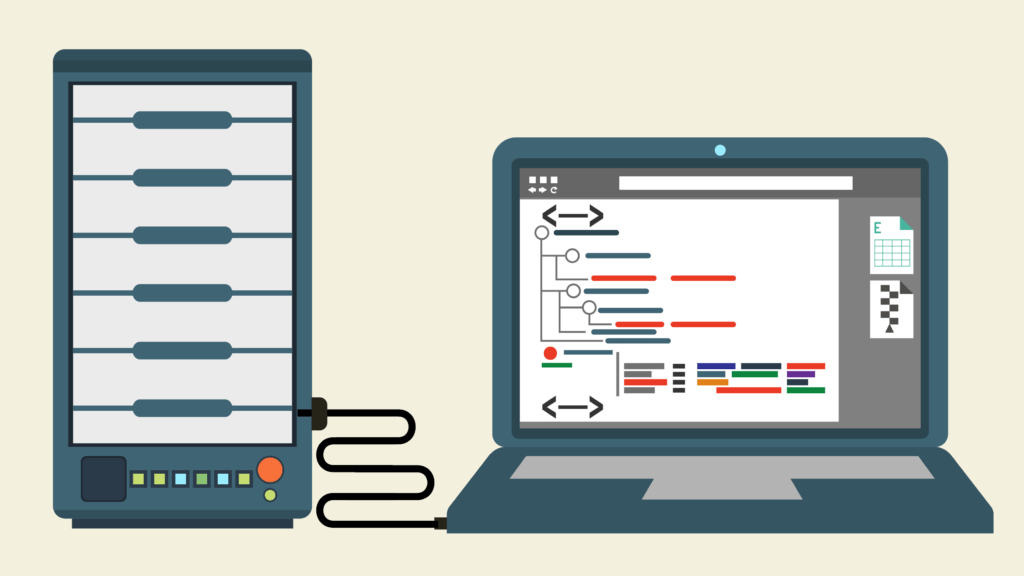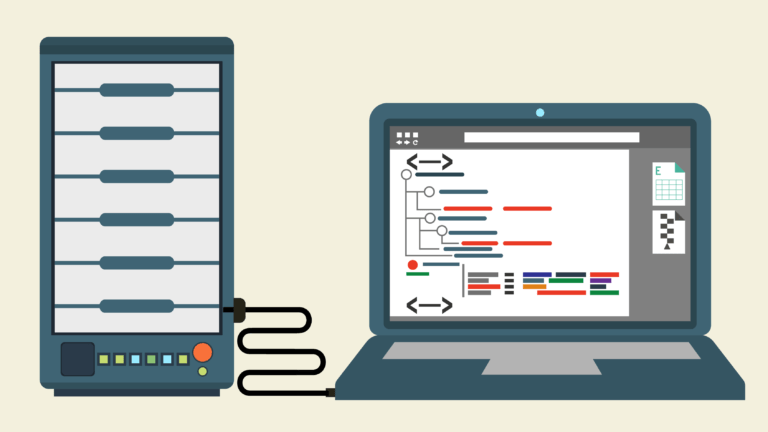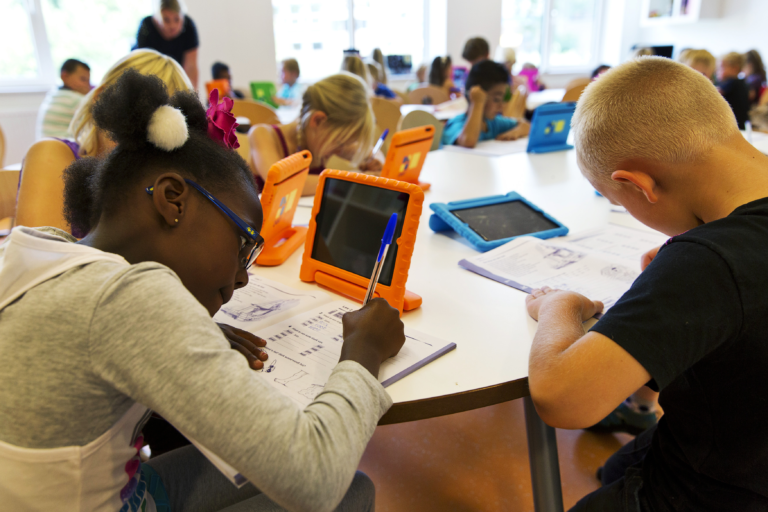Have you outgrown your basic shared hosting plan and wondering what’s next? VPS or dedicated hosting could be just what your growing site needs. You’ve come to the right place. In this article, you’ll discover the pros and cons of shared, VPS, and dedicated hosting so you can choose what’s right for you.
Maybe your site has become popular and shared hosting can’t handle the traffic. Or perhaps you need more control and customization. Don’t worry, we’ve got you covered. After reading this guide, you’ll be able to confidently pick a hosting plan tailored to your needs. Whether you want an affordable option to get started or an enterprise-level solution to power a high-traffic site, you’ll find what you’re looking for.
Ready to take your website to the next level? Read on to learn all about shared, VPS and dedicated hosting options so you can make the best choice for your site. The open road of opportunity awaits!
Shared Hosting: The Most Affordable Option

Shared hosting is perfect if you’re on a budget and just starting out with your website. It’s affordable, easy to use, and ideal for small personal or business sites.
Plenty of resources to get you up and running
With shared hosting, you share a server with other sites but still get access to everything you need like disc space, bandwidth, email accounts, and one-click instals of content management systems. Most plans start at just a few dollars a month, so you can launch your site right away without breaking the bank!
Scalability for the future
While shared hosting is great for new sites, if your site takes off and gets a tonne more traffic, you’ll want an upgrade path. Many shared hosting providers offer easy upgrades to VPS or dedicated hosting so you can scale your resources. They may even move your site for you to minimise downtime. How’s that for convenient?
Focused on simplicity
The beauty of shared hosting is that it’s designed to be simple. The hosting company handles security patches, software updates, uptime monitoring, and optimization for you. You can focus on building your site instead of managing servers.
Shared hosting really takes the hassle out of getting a website up and running. And when your site is successful and you outgrow your shared hosting plan, an upgrade to more powerful options is just a click away. Shared hosting provides an easy, affordable entry point into the world of websites with room to grow.
VPS Hosting: More Flexibility and Resources
If you need more control and customization than shared hosting but aren’t quite ready for a dedicated server, VPS hosting is a great in-between option.
Power and Flexibility
With a virtual private server, you get your own sandboxed space and dedicated resources on a physical server. This gives you way more power and flexibility compared to shared hosting. You can instal almost any software you want!
Root Access
VPS hosting also gives you root access, so you have full control over the operating system. You can configure server settings, instal updates, reboot your server, and more whenever you want. No more waiting around for your hosting provider to make changes for you.
Scalability
VPS plans offer scalable solutions that grow with your needs. If your site gets more traffic, you can easily upgrade to a bigger VPS package with more CPU, RAM, storage, and bandwidth. Start with what you need now and scale up later.
High Performance
With dedicated resources and fewer users sharing the server, VPS hosting typically offers better performance than shared hosting. Your site and applications will load faster, and you won’t have to worry about other sites on the server impacting your performance.
Overall, VPS hosting is ideal if you need more flexibility and control than shared hosting provides but aren’t quite ready to pay for and manage a dedicated server. Give your site a speed and performance boost with a VPS plan that scales to fit your needs. The power and customization options are nearly endless!
Dedicated Hosting: Maximum Control and Performance

Dedicated hosting is like having your own private jet—it’s the hosting solution that gives you full control and dedicated resources! With dedicated hosting, your website has its own server and isn’t sharing resources with any other sites. This means you have maximum power, control, and performance.
For complete customization and flexibility, dedicated hosting can’t be beaten. You have full root access to configure the server however you like. You can optimise and fine-tune the server specifically for your website’s needs. No more worrying about noisy neighbours causing issues with your site’s speed or uptime.
With dedicated hosting, your website will absolutely fly. No latency or lag from sharing resources. Your site has access to the full capabilities and bandwidth of the server. For resource-intensive sites, especially e-commerce stores, dedicated hosting provides the ultra-fast page load times your customers expect.
While dedicated hosting does come with a higher price tag, for many businesses the benefits of control, security, and performance make the investment worthwhile. If you have a mission-critical website or application, dedicated hosting gives you the power and reliability you need. You have your own server administrator managing and monitoring your server 24/7 to ensure maximum uptime.
For an optimal website experience where performance and control are top priorities, dedicated hosting is the premier solution. While shared and VPS hosting have their place, dedicated hosting stands alone when you need a hosting environment tailored to the specific needs of your website. Take your website’s success into your own hands with dedicated hosting!
Conclusion
You’ve now got a solid understanding of the differences between shared, VPS and dedicated hosting. The choice is in your hands – go out there and find a hosting plan that suits your needs and budget. If you’re just getting started, shared hosting is an easy and affordable option to dip your toes in the water. For growing sites, VPS provides more flexibility and control. And when you’re ready to take things to the next level, dedicated hosting will give you the ultimate performance and security. The possibilities are endless. Now stop reading and start building – your next big project is out there waiting for you! Choosing the right hosting is the first step to making it happen.



























